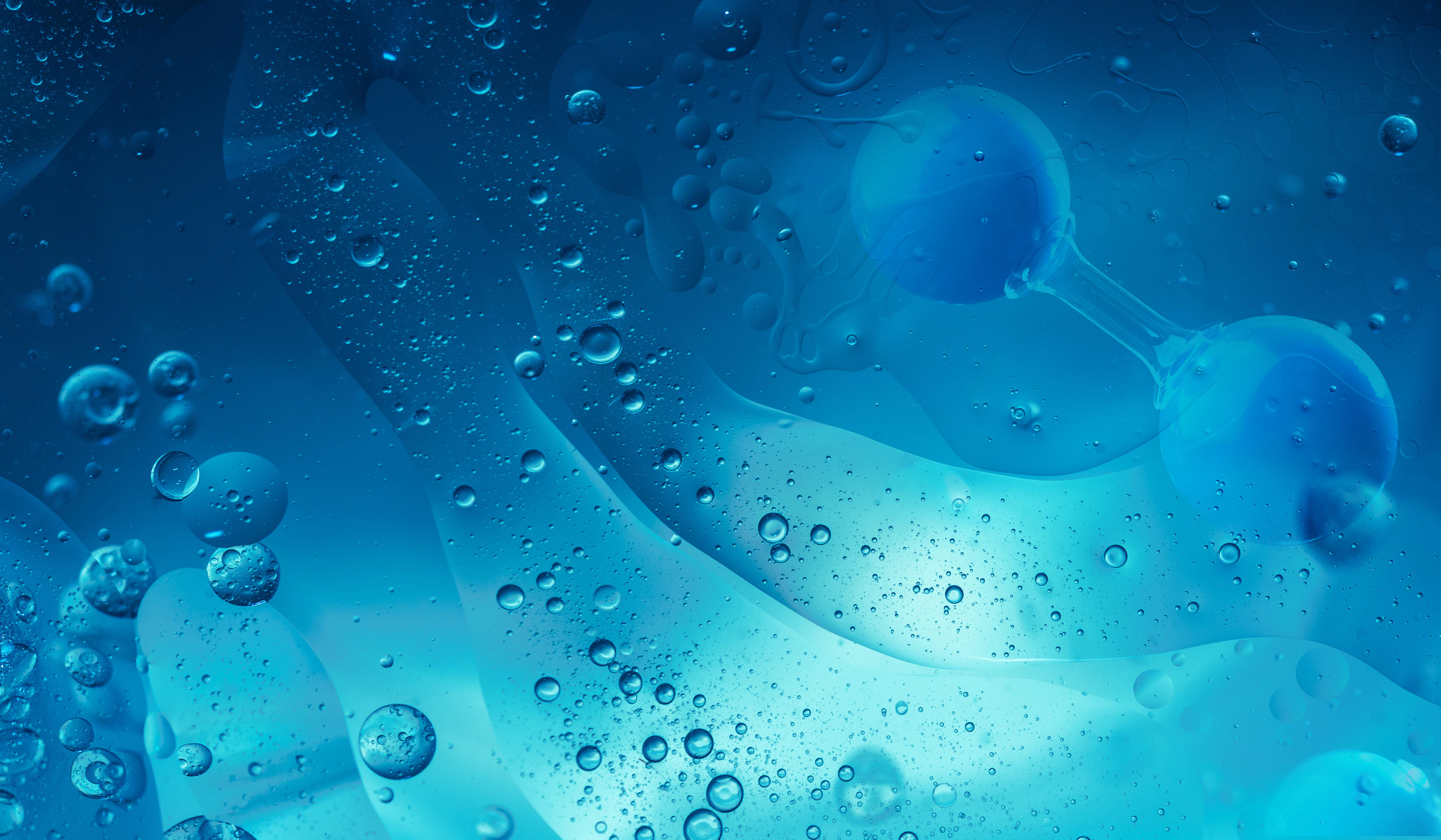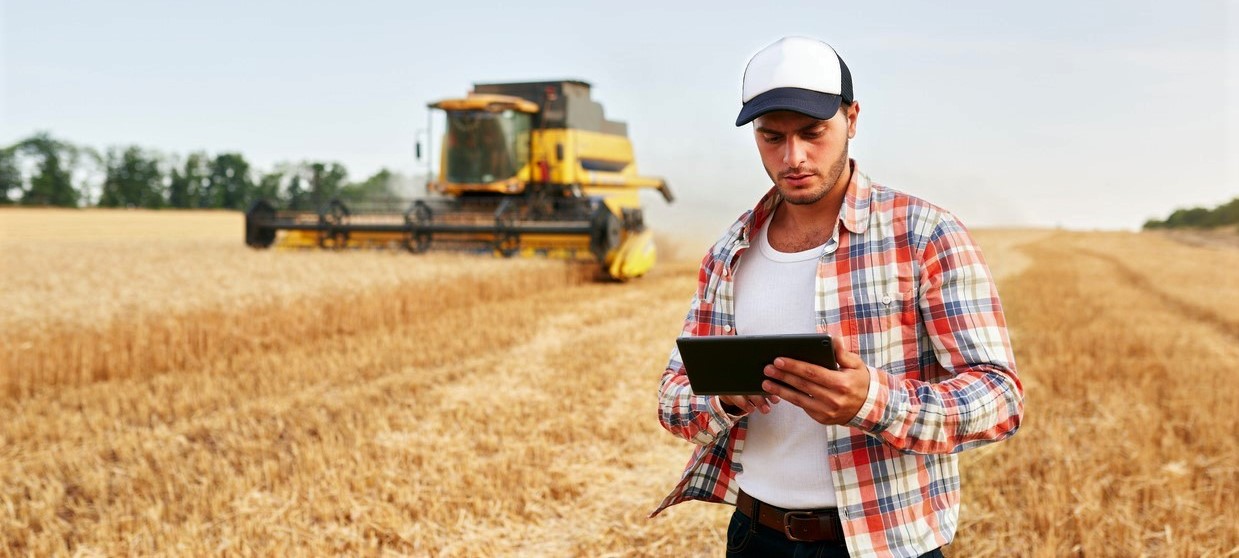DIN EN 12953-1
Shell boilers - Part 1: General; German version EN 12953-1:2012
Großwasserraumkessel - Teil 1: Allgemeines; Deutsche Fassung EN 12953-1:2012
Overview
This European Standard applies to shell boilers with volumes in excess of 2 litres for the generation of steam and/or hot water at a maximum allowable pressure greater than 0,5 bar and with a temperature in excess of 110 °C. The purpose of this European Standard is to ensure that the hazards associated with the operation of shell boilers are reduced to a minimum and that adequate protection is provided to contain the hazards that still prevail when the shell boiler is put into service. This protection will be achieved by the proper application of the design, manufacturing, testing and inspection methods and techniques incorporated in the various parts of this European Standard. Where appropriate, adequate warning of residual hazards and the potential for misuse are given in the training and operating instructions and local to the equipment concerned (see EN 12953-7 and EN 12953-8). It is the manufacturer's responsibility, in addition to complying with the requirements of this standard, to take into consideration special measures which could be necessary in order to achieve by manufacturing the required level of safety in accordance with the EU Directive 97/23/EC (PED). This European Standard specifies requirements for both directly fired and electrically heated boilers including Low Pressure Boilers (LPB) as well as for heat recovery boilers with a gas-side pressure not exceeding 0,5 bar of cylindrical design, constructed from carbon or carbon manganese steels by fusion welding and a design pressure not exceeding 40 bar. The boilers covered by this European Standard are intended for land use for providing steam or hot water. For Low Pressure Boilers (LPB) less stringent requirements concerning design and calculation are acceptable. Details are defined in the respective clauses. Where a particular boiler is a combination of shell and water-tube design then the water-tube standard series EN 12952 is used in addition to this European Standard. One such example of this combination is shown in this standard. This European Standard applies to the generator, from the feed-water or water inlet connection to the steam or water outlet connection and to all other connections, including the valves and steam and water fittings. If welded ends are used, the requirements specified herein begin or end at the weld where flanges, if used, would have been fitted. This European Standard does not apply to the following types of boilers and equipments: a) water-tube boilers; b) non stationary boilers, for example, locomotive boilers; c) thermal oil boilers; d) boilers where the main pressure housing is made of cast material; e) pumps, gaskets, etcetera; f) brickwork setting and insulation, etcetera. This document has been prepared by Technical Committee CEN/TC 269 "Shell and water-tube boilers", the secretariat of which is held by DIN. The responsible German committee is Working Committee NA 082-00-18 AA "Dampfkesselanlagen" ("Boiler plants") of the Piping and Boiler Plant Standards Committee (NARD). For further information about the NARD, visit us on the Internet under www.nard.din.de.
Document: references other documents
Document: referenced in other documents
Responsible national committee
NA 178-03-02 AA - Shell boilers


